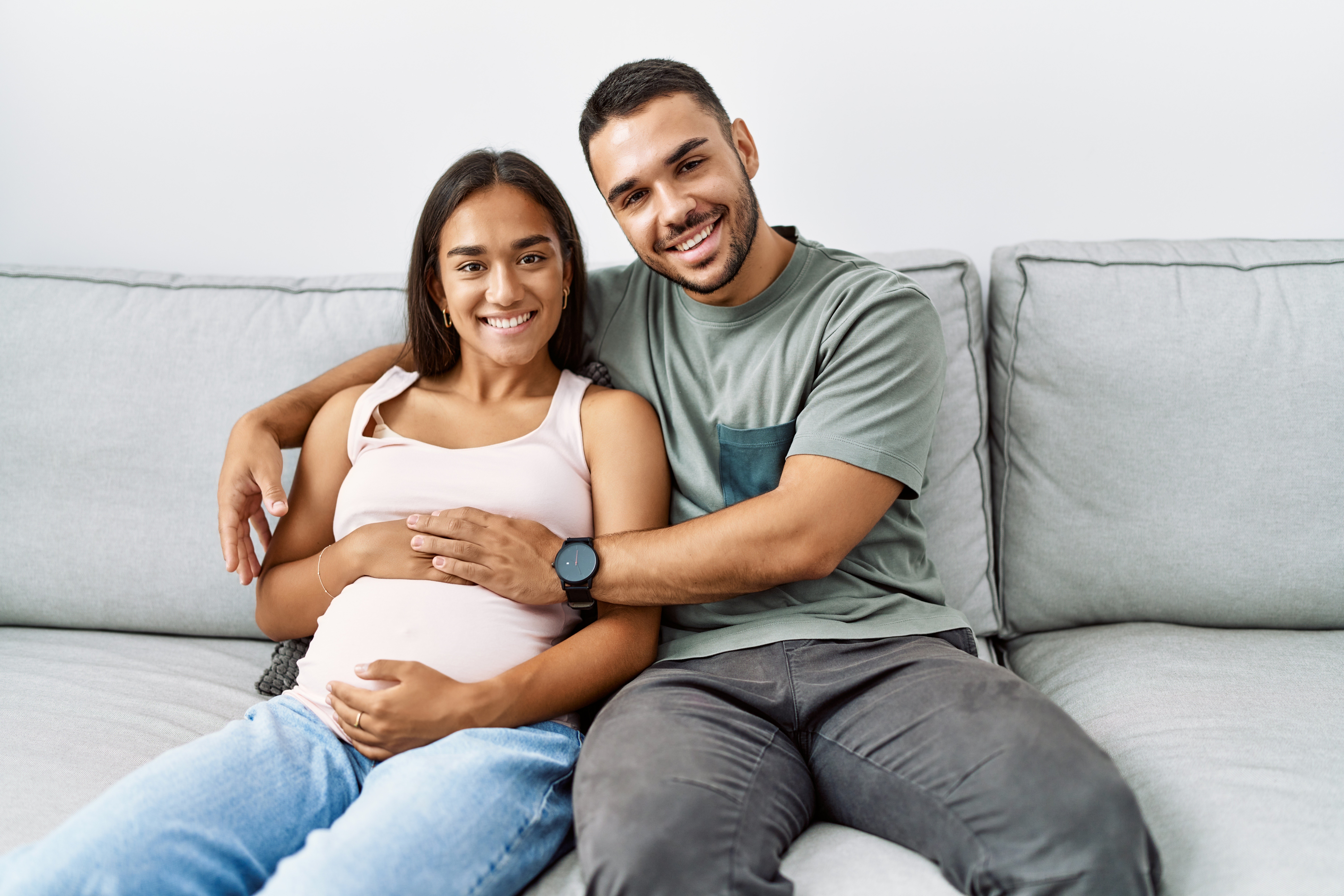Published
Along with infertility, some of the most common symptoms that women face are heavy or irregular periods, pain during sex, and intense menstrual cramps. To make matters even more challenging, relieving the symptoms of endometriosis typically requires surgery.
Although it may seem like an uphill battle, the good news is that endometriosis is highly treatable with the right guidance. Proper fertility procedures and surgery that address endometriosis can also make a big difference in your family planning. If you're curious about the changes that can affect your fertility after endometriosis surgery, then here are a few things you should know:
How Does Endometriosis Disrupt Fertility?
Endometriosis impacts fertility in several ways depending on where the endometriosis tissue spreads. For example, most cases of endometriosis occur in the ovaries and fallopian tubes, but severe instances may include the bowels, liver, lungs, and even the brain.
In any situation, the growth is subject to the same hormonal changes that take place each month. This means that the endometriosis tissue will break down and bleed during the menstrual cycle, causing pain and discomfort in various areas of the body. Over time, adhesions and scar tissue can form, impairing normal function and causing infertility. For example, scar tissue may block the path of the egg through the fallopian tubes or prevent an egg from implanting on the uterine lining.
Treating Endometriosis
One common treatment for endometriosis is a laparoscopy endometriosis procedure, which removes the endometriosis and scar tissue. Surgery is the only way to confirm a diagnosis of endometriosis and is also the only way to remove the endometrial tissue.
What is Laparoscopic Surgery?
Laparascopic surgery is a minimally invasive surgery technique. Rather than making large incisions, doctors make small cuts that are typically 1 cm in size or smaller.
In a laparoscopy procedure, the surgeon places a narrow, fiber optic scope (laparoscope) through a small incision close to the navel. Long, narrow  instruments are inserted through tubes, allowing the surgeon to perform the surgery. In the case of endometriosis, the diagnosis is confirmed and endometrial tissue is removed during this procedure. Your doctor may take special care to remove blockages in your fallopian tubes, remove scar tissue, or address adhesions.
instruments are inserted through tubes, allowing the surgeon to perform the surgery. In the case of endometriosis, the diagnosis is confirmed and endometrial tissue is removed during this procedure. Your doctor may take special care to remove blockages in your fallopian tubes, remove scar tissue, or address adhesions.
What is Recovery from Laparoscopic Surgery for Endometriosis
Laparoscopic surgery has a quicker healing process than traditional, open surgical procedures. The recovery process takes approximately 2-4 weeks. During that time, it's a good idea to have regular appointments with your doctor to ensure that the incision is healing properly and that you aren't experiencing any pain.
In addition, there are many precautions you should take after surgery before resuming your normal, day-to-day activities.
Before getting back into the swing of things, here are a few rules and tips to follow:
- Use a heating pad to keep swelling down after surgery
- Short walks or light movements 24-hours after surgery are fine, but don't over-exert yourself
- Check your incisions regularly and follow up with a doctor
- Your first period after surgery may be painful
- Prescription medications or pain relievers can help reduce gas buildup and body aches
- Drink plenty of fluids after surgery and eat a light diet, avoiding spicy foods
- Refrain from driving for 1 week
- Avoid using tampons, douches, or sexual intercourse for 2 weeks
- Contact your doctor if 72 hours have passed without a bowel movement
- Vaginal bleeding may last up to 2 weeks after surgery
What is the Success Rate of Endometriosis Surgery
Endometriosis surgery can be highly successful for both alleviating painful symptoms and achieving pregnancy.
Studies show that up to 93% of patients experienced relief in symptoms and complaints. In addition, over 65% of patients who wished to become pregnant were able to after the surgery. Other studies confirm that pregnancy is likely to be achieved after laparoscopy for endometriosis.
Your Fertility after Laparoscopy for Endometriosis: What to Expect
The outlook for fertility after endometriosis surgery is very positive. Between 45 and 75% of women who undergo the surgery are able to conceive after healing. Many of these pregnancies are even achieved naturally. In one study, up to 59% of the pregnancies after surgery were naturally occurring without assisted reproductive technologies.
Although improving fertility after endometriosis surgery isn't a guarantee, the action of removing damaging, access tissue from vital parts of the reproductive organs is an essential step to repairing reproductive health.
As a rule of thumb, if pregnancy does not occur after 6 months post-surgery, additional endometriosis fertility treatments can be introduced to increase the odds of pregnancy. For example, one may consider IVF to help achieve pregnancy.
With that in mind, it's important to remember that the chances of endometriosis resurfacing after surgery are between 20% and 40% within 5 years. The likelihood of regrowth means that only a small window of opportunity is available in many cases, so choosing the best team to carry out your surgery will make all the difference when it comes to starting the family of your dreams.
How soon can you get pregnant after endometriosis surgery?
You may feel eager to grow your family as soon as possible after your laparoscopic surgery. However, for your own health, it's important that you've fully recovered before you have intercourse or begin a pregnancy. While average recovery times for laparoscopic surgery range from about 2 to 4 weeks, it also depends on your unique situation.
Communicate with your doctor about when it will be safe to get pregnant after laparoscopy. Factors such as the extent of your surgery, areas where the tissue was removed, and more, will affect your recovery and whether or not your body is prepared for pregnancy.
That said, many couples are able to start trying to conceive within about a month of the surgery date.
Plan Your Future with Kofinas Fertility Group
The family you've always wanted is certainly a possibility, and Kofinas Fertility Group is here to help level the playing field.
During your initial appointment, a fertility specialist walks you through a pelvic exam to better understand your condition. Next, a transvaginal ultrasound is done to inspect what areas are affected by endometriosis and to see if surgery is a necessary step.
If laparoscopy is required, you can discuss the procedure with a specialist to see if it's right for you or they can present you with other alternatives to relieve symptoms.
No matter what route you choose, trust that you have a supportive team standing by at all times. Whether you have questions to ask or concerns to discuss, your needs are handled with the utmost care to ensure that you have total peace of mind before and after your surgery.
To learn more about endometriosis and treatment procedures, dive into one of our success stories and request an appointment today.




